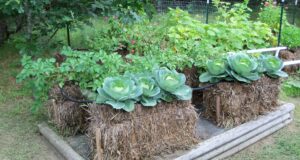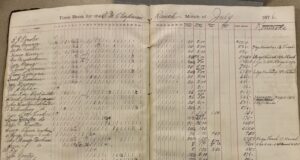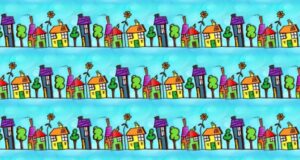Guest Column contributed by Yosemite Area Audubon Society
Even if you don’t consider yourself an expert birder, if you have traveled some of our back roads with an observant eye, you may have noticed that ground squirrel burrows sometimes house a family of Burrowing Owls. Their somewhat comical appearance and behavior make them easily recognizable. Our foothills area hosts a population of these endearing raptors, but in a short few decades from now, they may no longer be here because of global warming.
According to a landmark report issued by National Audubon Society scientists on September 9, 2014, Burrowing Owls, which are already encountering difficulties because of habitat reduction, could lose 77% of their breeding range and 67% of their winter range due to climate change.
Burrowing Owls are only one of our area’s species considered at risk due to global warming. Audubon ornithologists spent seven years studying 588 bird species and found that 314 face significant risk in a warming world. Locally, other species at risk include some already identified as endangered or threatened, including the Great Gray Owl, the Tricolored Blackbird and the Bald Eagle. Others on the list include some of our most common beloved birds: Barn Owls, White-breasted Nuthatches and Wood Ducks.
We all value responsibility, whether that means making sound fiscal decisions or protecting the natural heritage of our beautiful, treasured foothills, mountains and national park. That means committing to act as good stewards of that heritage. We all have a moral responsibility to leave to our grandchildren the same clean, life-giving world our grandparents gave to us.
If we do nothing, many of these birds could disappear in our children’s lifetimes. That would be a less joyful future by itself, but we know that losing our birds is not the only consequence of global warming. Extreme weather, fierce wildfires, agricultural disruptions, sea level rise, and greater threats to our health – these are consequences we’re already seeing today.
Yosemite Area Audubon is no stranger to protecting bird habitat. Three years ago, we established an ongoing nest box program to provide cavity-nesting birds with more nesting opportunities, a sort of custom home building! Initially, we focused on the American Kestrel, and in our second year of the program expanded to provide nest boxes for Barn Owls, Western Bluebirds and Wood Ducks. This year we are exploring the possibility of providing nesting habitat for Burrowing Owls as well. We have also started an effort to save from extinction Tricolored Blackbirds, which have suffered a population decline of 67% in the last six years. We are working on creating safer nesting opportunities through habitat creation and restoration.
To me, this is personal. This is about who I am and what kind of world I want to live in and leave behind. We have an imperative to act. And the Audubon study – despite wildly clanging alarm bells – also contains plenty of reason to hope. It’s a road map to a better future for birds and for us.
Broadly speaking, we need to do two things. We need to act now to protect the places birds need today and the places they’ll need in the future. And we need to do everything we can to reduce the severity of climate change, including curbing greenhouse gases, in order to slow the rate of global warming.
The Burrowing Owl is a defining feature of our community and our lives here in Mariposa and Madera counties. We now know more than ever that they need help if they are to thrive in the future. And we know that if birds are in trouble, we are, too. Everyone who cares about birds and the well being of our community has to take that seriously.
We know there is hope. Let’s work together to create a better future for all of us.
Lowell Young, President, Yosemite Area Audubon Society
http://www.yosemiteaudubon.org
https://www.facebook.com/yosemiteaudubon
http://climate.audubon.org/birds/burowl/burrowing-owl




